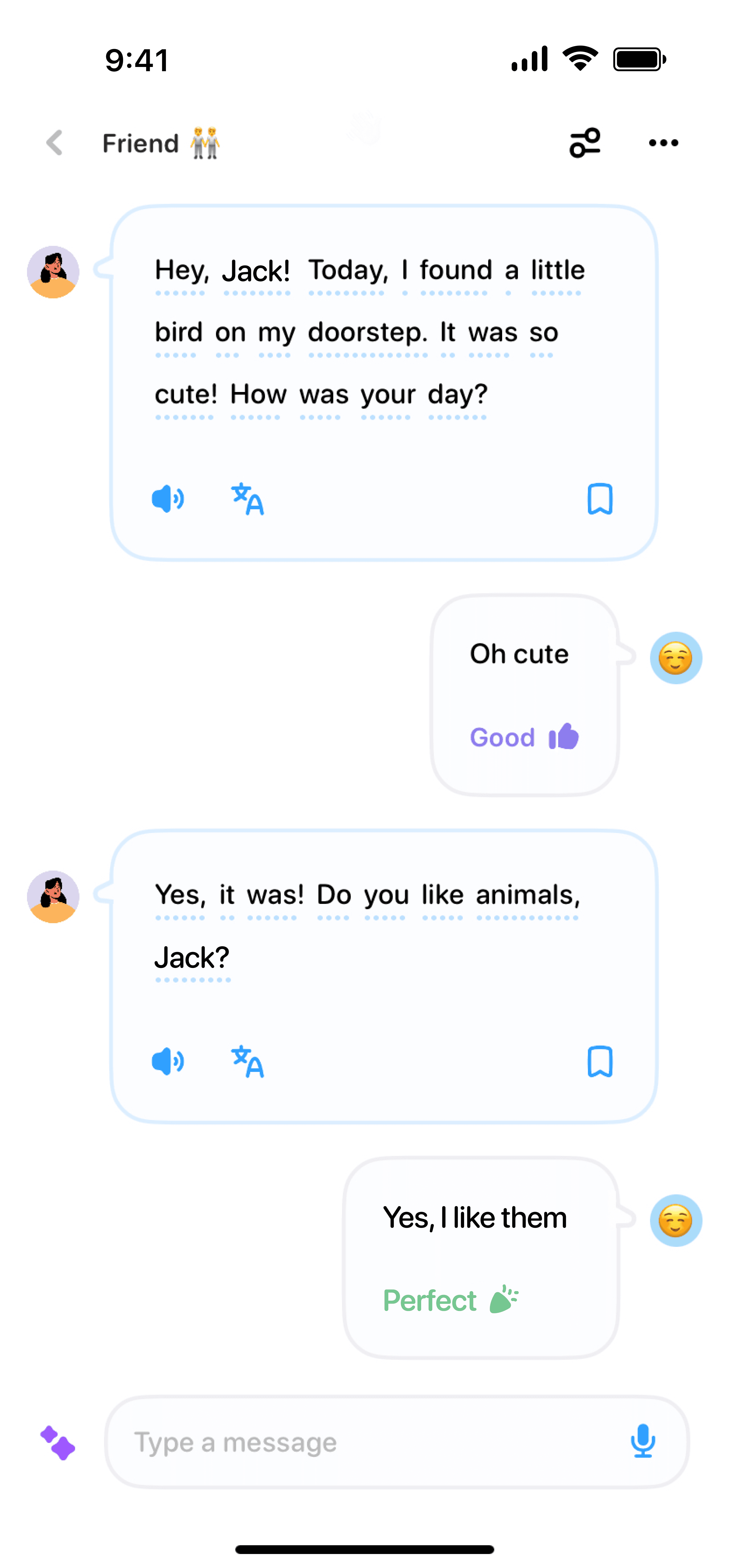05/31/2024
·
Emma Robbie
So, you're eager to learn Spanish and have a fascination with Puerto Rico? Great choice! The Puerto Rican variety of Spanish is unique, lively, and full of cultural charm. Not only does it enrich your language skills, but it also gives you a peek into the Island’s vibrant culture. And the best part? You can start speaking Puerto Rican Spanish for free! Read on to discover how.
Why Learn the Puerto Rican Dialect?
The Puerto Rican dialect, or “Boricua” Spanish, is special because it reflects the island's rich history and cultural melting pot. Here are a few reasons why learning it can be so rewarding:
Distinct Vocabulary: Puerto Rican Spanish includes a lot of unique words not commonly found in mainland Spanish.
Cultural Insights: It’s a gateway to understanding Puerto Rican music, literature, and daily life.
Friendliness: Speaking the local language can make your interactions more meaningful and enjoyable.
Start with Basic Phrases
Before diving into the unique words and phrases, a solid foundation in basic Spanish is key. This will make it easier to grasp the Puerto Rican variations. Here are some essential phrases to get you started:
Hola, ¿cómo estás? (Hi, how are you?)
¿Dónde está el baño? (Where is the bathroom?)
Gracias (Thank you)
Por favor (Please)
Perdón (Excuse me/Sorry)
Unique Puerto Rican Words
Puerto Rican Spanish is a treasure trove of colorful and distinctive words. Incorporating these into your vocabulary can make your speech more authentic:
Chévere - Cool or awesome.
Guagua - Bus.
Nena (girl) / Nene (boy) - Terms for children.
Janguear - To hang out.
Boricua - A term for Puerto Ricans themselves, derived from the indigenous Taíno name for the island, Borikén.
Pronunciation Tips
Puerto Rican Spanish is known for its distinct pronunciation. Here are some tips:
The “r” sound at the end of words often becomes an “l” sound. For example, “comer” (to eat) might sound like “comel.”
The “s” at the end of syllables can be aspirated or dropped, so “estás” (you are) might sound like “etá.”
Learn for Free
You don’t need to spend a fortune to learn how to speak Puerto Rican Spanish. Here are some free resources to get you started:
Duolingo: A popular app that offers a fun, game-like approach to learning Spanish.
YouTube: Search for channels focusing on Puerto Rican Spanish or check out vlogs from Puerto Rican YouTubers.
Language Exchange: Platforms like Tandem and HelloTalk connect you with native speakers for language exchange.
Podcasts: Podcasts like "Coffee Break Spanish" or "Duolingo Spanish" can be particularly useful.
Practice Makes Perfect
Just learning new words isn’t enough; you’ve got to use them! Here are a few ways to practice:
Try watching Puerto Rican movies and TV shows. It's a fun way to get used to the accent and slang.
Visit Puerto Rican restaurants and try ordering in Spanish.
If possible, travel to Puerto Rico and immerse yourself in the language.
Immerse in the Culture
The more you immerse yourself in Puerto Rican culture, the quicker you'll pick up the dialect:
Listen to Puerto Rican music. Reggaetón and salsa are fantastic genres to start with.
Follow Puerto Rican influencers on social media to get accustomed to everyday speech and slang.
Attend cultural festivals or events in your area, if available.
By following these tips and immersing yourself in the culture, you'll not only learn Puerto Rican Spanish but also appreciate the island’s rich heritage. ¡Buena suerte y que lo disfrutes! (Good luck and enjoy!)



